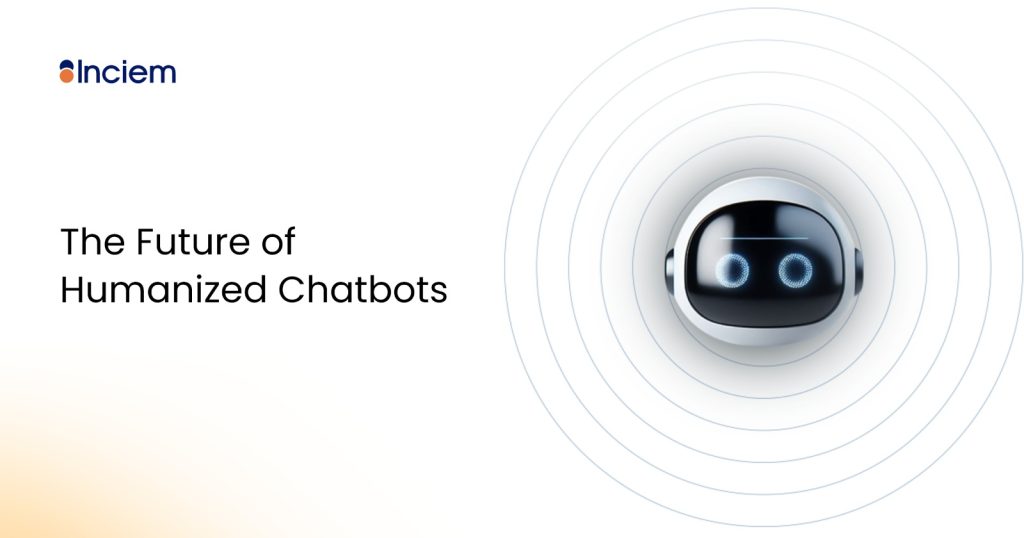
In an era where digital interactions define the way businesses engage with customers, chatbots have emerged as an indispensable asset. However, the conventional rule-based chatbots that rely on scripted responses no longer suffice in meeting the evolving expectations of users. The future belongs to humanized chatbots AI-driven entities that not only understand language but also emotions, context, and intent, paving the way for more meaningful and natural interactions.
As artificial intelligence (AI) advances, businesses are rapidly adopting more sophisticated chatbot solutions. Unlike their predecessors, which provided predefined responses, humanized chatbots employ machine learning, natural language processing (NLP), and sentiment analysis to engage with users in a more intuitive and personalized manner. This transformation is not just a technological upgrade but a fundamental shift in how businesses communicate with their customers.
The Evolution of Chatbots
Chatbots have undergone a remarkable transformation, transitioning from rudimentary scripted systems to sophisticated AI-driven models. The early iterations of chatbots were rigid and incapable of handling complex queries. They functioned based on preset rules and failed to accommodate diverse user intents. However, with the rise of AI, chatbots have evolved into intelligent assistants capable of real-time learning and adaptation.
Key milestones in chatbot evolution include:
- Basic Rule-Based Chatbots: Early chatbots operated on simple if-then logic, which limited their ability to handle dynamic conversations.
- AI and NLP-Driven Chatbots: As NLP and ML technologies matured, chatbots gained the ability to interpret and respond to human language with greater accuracy.
- Emotionally Intelligent Chatbots: The latest generation of chatbots can recognize user sentiments, allowing for more nuanced and empathetic interactions.
The Role of Artificial Intelligence in Humanizing Chatbots
The backbone of humanized chatbots lies in AI technologies, particularly:
- Natural Language Processing (NLP) – Enhances the chatbot’s ability to understand and generate human-like responses, making conversations more fluid and natural.
- Machine Learning (ML) – Enables chatbots to learn from interactions and improve over time, ensuring better accuracy and contextual understanding.
- Sentiment Analysis – Detects user emotions, allowing the chatbot to respond with empathy and appropriate tone, making interactions feel more human.
- Voice and Speech Recognition – Facilitates more dynamic conversations through spoken interactions, enabling voice-based communication for accessibility and convenience.
- Personalization Algorithms – Tailors responses based on user preferences, history, and behavior, making interactions more relevant and engaging.


